Fitting vehicle deadlocks
The Video Course teaches you everything about modern cars.
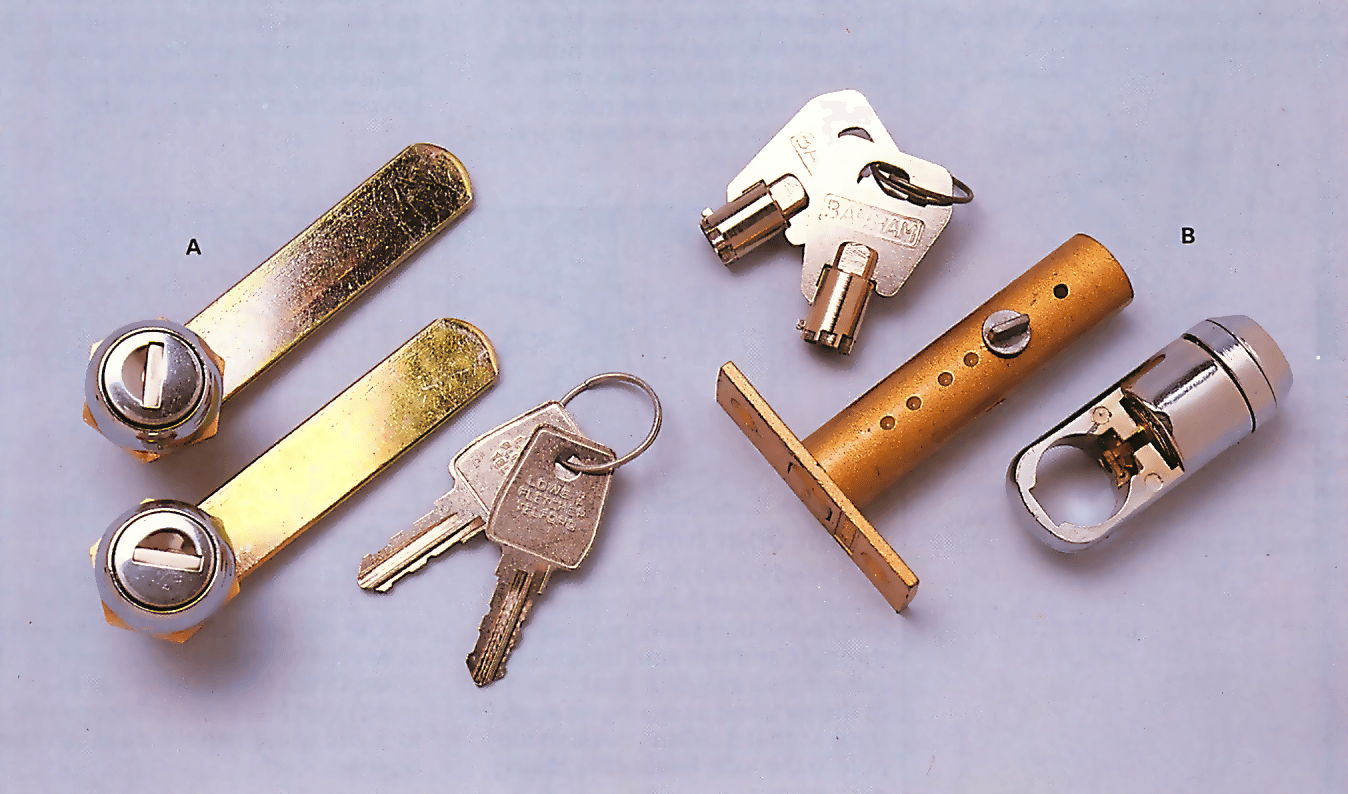
One of the main reasons why so many cars are stolen is that a thief, even if inexperienced, can force a standard car door lock in a matter of seconds, often using nothing more than a piece of coat-hanger wire.
In response to the growing number of car thefts, manufacturers both of cars and car accessories have developed a range of devices and techniques to protect your car. But many of these simply immobilize your car. The thief can still break into the car and steal the contents. A cheap solution to this is to fit a set of high-security locks known as deadlocks.
These are fitted in addition to the standard door lock, which means you have two locks to undo instead of one. In practice, users often lock just the deadlock and leave the standard lock open. This is just as secure as using both locks.
Rack bolt locks
Two main types of deadlock are on the market. One is the rack bolt lock. This is usually meant to be fitted to house doors or windows, but many can be adapted to fit to a car. Some manufacturers even make this type of lock specially for fitting to cars - a locksmith will be able to tell you if they are available in your area.
The lock assembly fits inside the door and consists of a supporting tube inside which runs the locking bolt. The bolt has teeth machined along one edge and these engage with a toothed pinion. The pinion in turn engages with the lock, which is operated by a specially shaped key. When the key is inserted and turned, the bolt slides along the tube and emerges and engages with a hole or plate in the door pillar.
Locking bar
The other type of deadlock on the market uses a flat metal bar attached to the end of the lock. When the key is turned, the bar turns with it through 90° and locates in a slot in the door pillar. This type is usually operated by a key that looks like a conventional car door key.
Arm-type locks
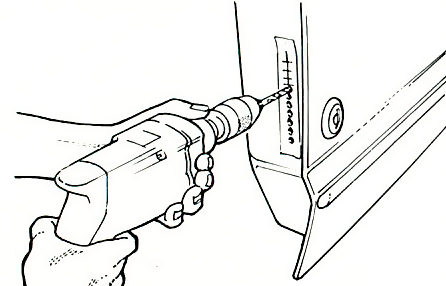
If you are fitting the arm-type locks, the procedure is similar to that for the rack type. First follow steps 1 and 2 to make the lock hole. Then remove the deadlock arm from the lock assembly and fit the lock. Secure the lock with the locknut.
Working from inside the door frame , refit the deadlock arm, then use the key to turn the arm until it just strikes the inside of the door frame. Mark the striking point on the outside of the door frame then drill a hole just larger than the thickness of the arm.
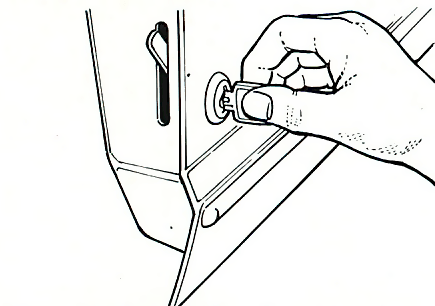
Draw a line vertically down from the hole to a point in line with the lock. Then drill a series of small holes on the line. Use a small hacksaw blade to cut out the metal between the holes, and then a fine file to make it into a nice even slot. Check that the deadlock arm swings easily through the slot.
Close the door, and swing the arm , across so that it strikes the door pillar. Open the door again and mark, drill and file a slot in the pillar to match the one in the door. Check that the arm moves easily through both
Fitting deadlocks to a car
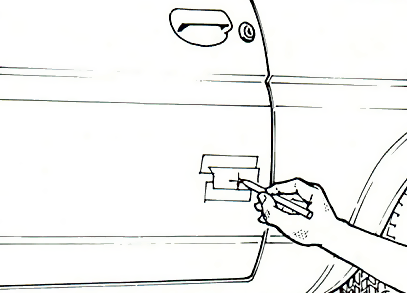
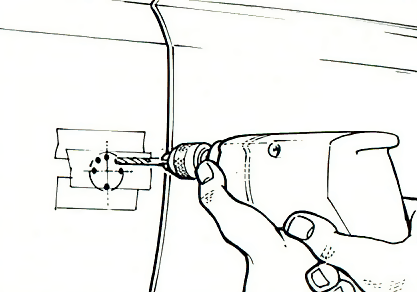
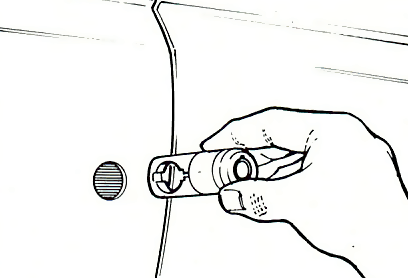
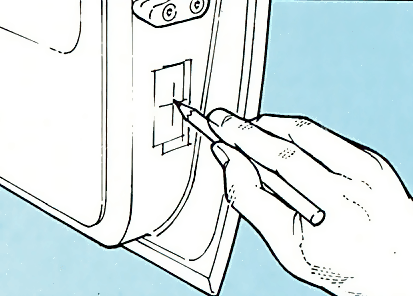
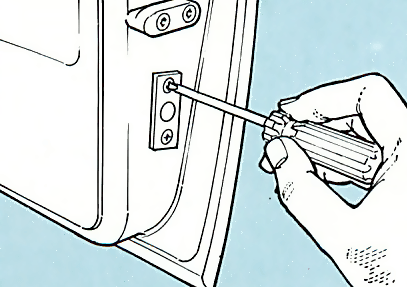
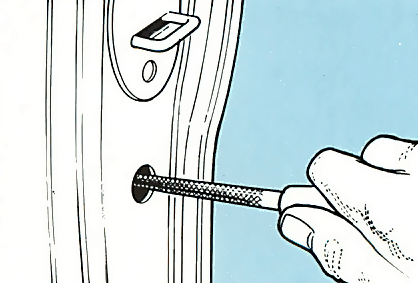
The Ultimate Car Mechanics video course
Learn everything about modern cars from our new video series.
Learn more >-
We build a Mazda MX5 Miata from scratch
We start by tearing down and then rebuilding the whole car.
-
Every part explained
There's ridiculous detail on every part. Clearly and easily explained.
-
All modeled in 3D
We've created the most detailed 3D model ever produced so we can show you everything working.






